Rapid sea level rise could choke forests!
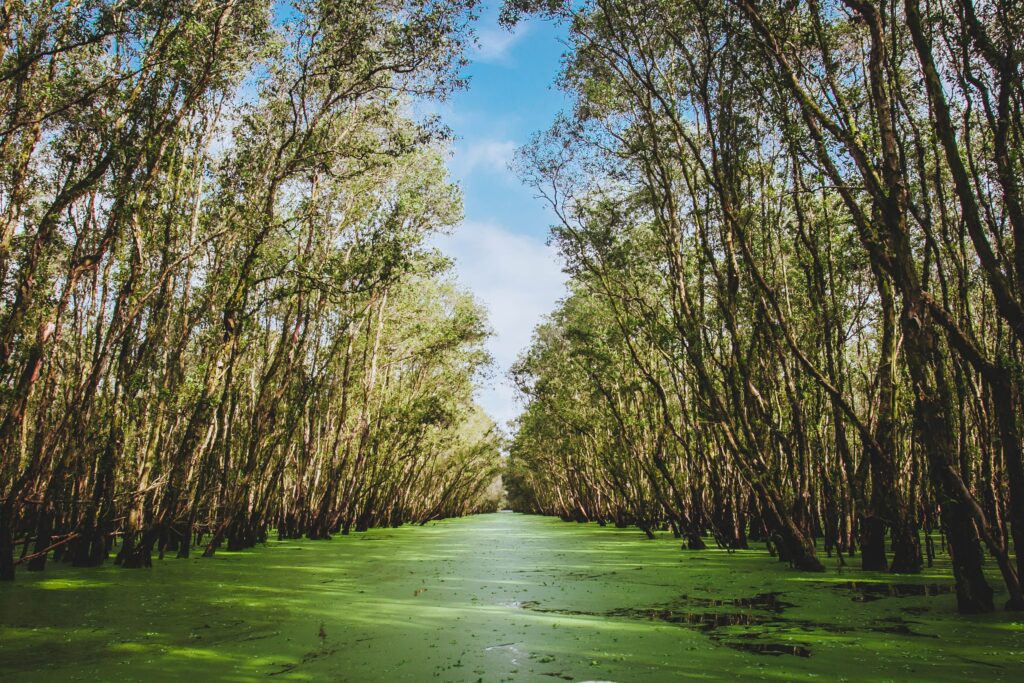
Mangrove forests can only support a limited amount, the famously hardy, salt-tolerant and gnarly trees having so far managed to keep up with rising sea levels, providing a valuable buffer to coastal communities against strong storm surges. Now, researchers have found the limit of the forests, mangroves cannot survive in seas that are growing faster than about 7 millimeters per year, scientists report.
Sea levels are rising globally at an average rate of about 3.4 millimeters per year, but in the coming decades, that rate is projected to accelerate to between 5 and 10 millimeters per year by 2100, scientists say. That could choke out forests, which act as a buffer that protects many coastlines around the world by reducing tidal erosion and damping the energy of storm surges that sweep up the coast, and mangroves come with additional benefits, they provide a safe breeding habitat for tropical fish and help reduce atmospheric levels of carbon dioxide, a gas that warms the climate.

Mangroves are carbon sequestering engines, extracting carbon dioxide from the atmosphere and rapidly burying it in the soils, from about 8,600 to 6,000 years ago, a period of particularly rapid expansion of mangroves, this storage of blue carbon, based on the coastal ocean by mangrove forests, amounted to about 85 petagrams of carbon, enough to reduce atmospheric carbon dioxide levels over time by about 5 parts per million.
How fast the seas rise over the next century will depend on the rate of global warming, which causes seawater to expand and ice sheets to melt, and that, in turn, depends on the rates of greenhouse gas emissions. Setting a threshold for mangrove survival is key to future coastal management, the threshold itself may vary depending on mangrove species or depending on the frequency and intensity of storms that hit a particular coastal environment.
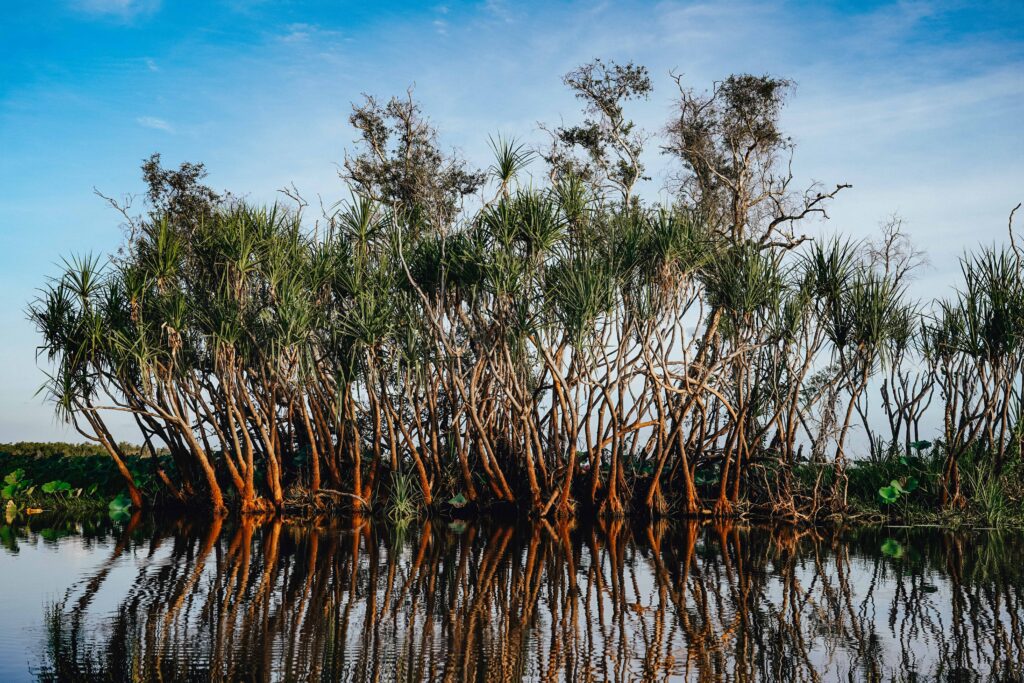
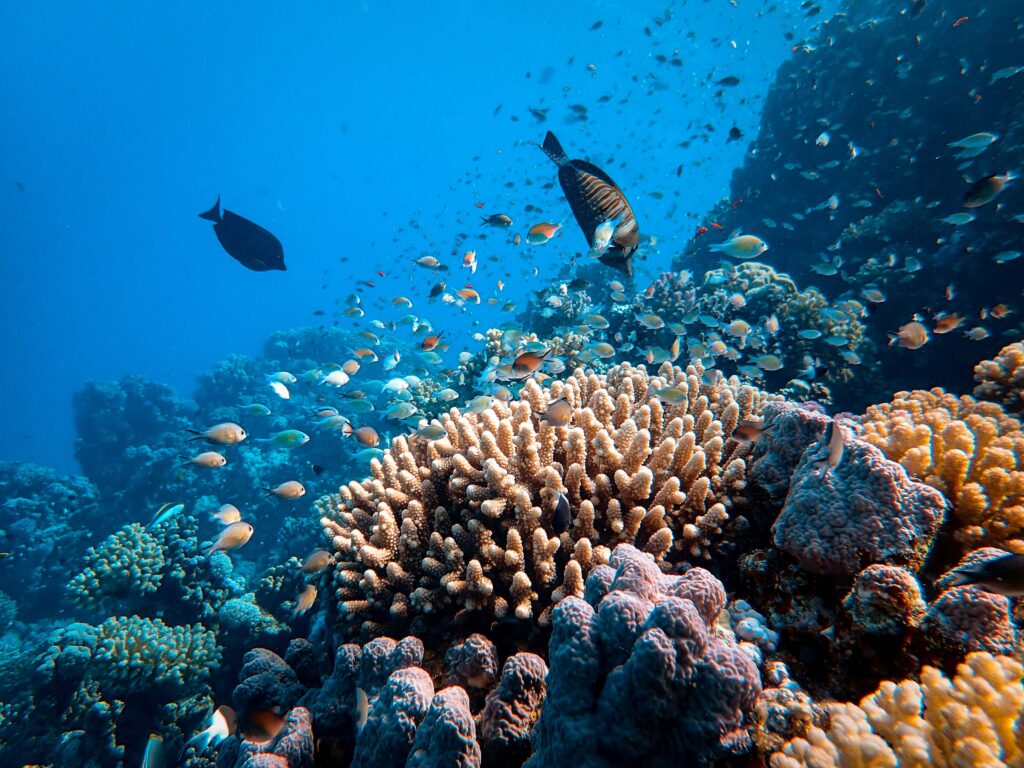
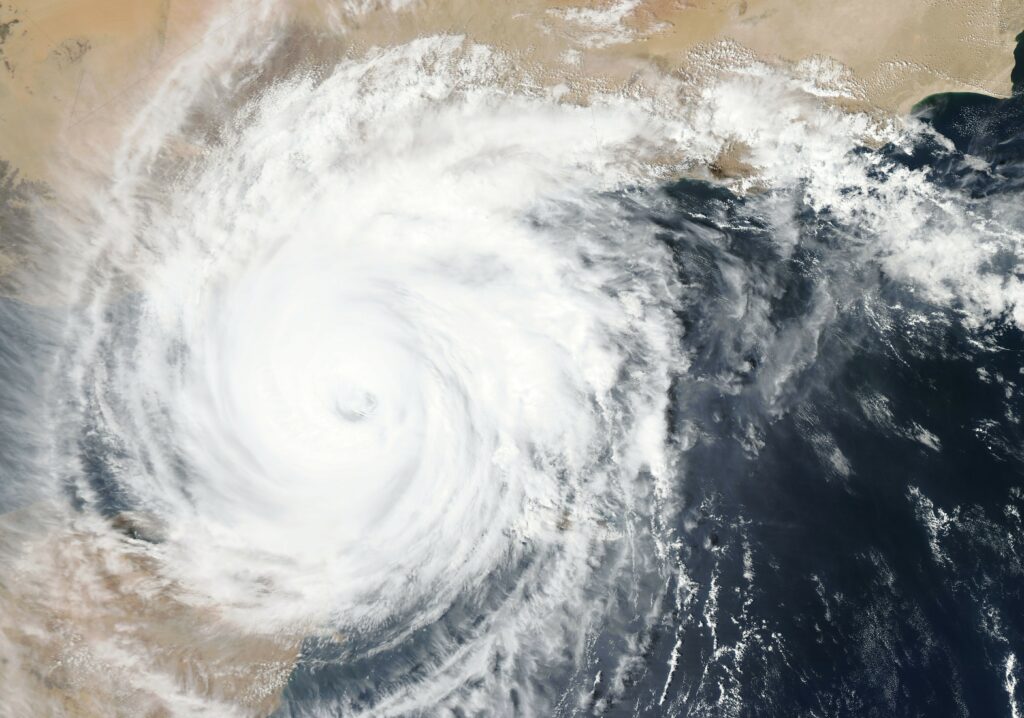
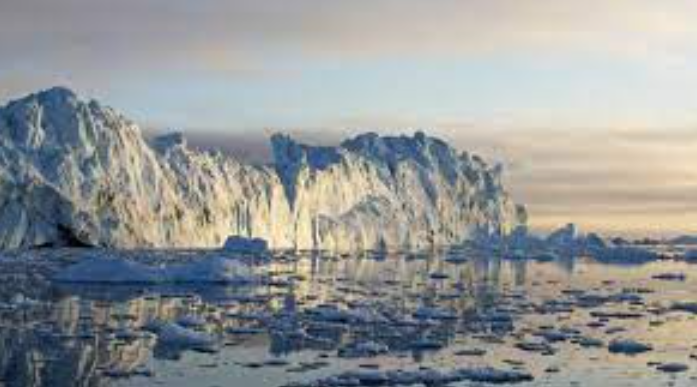
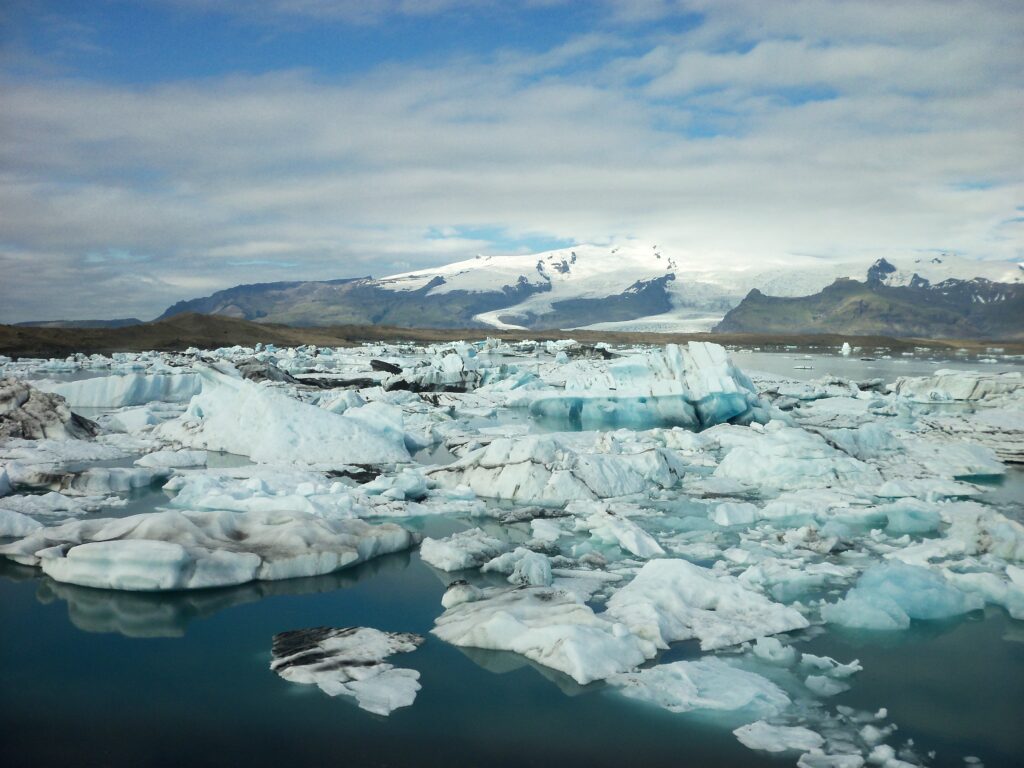
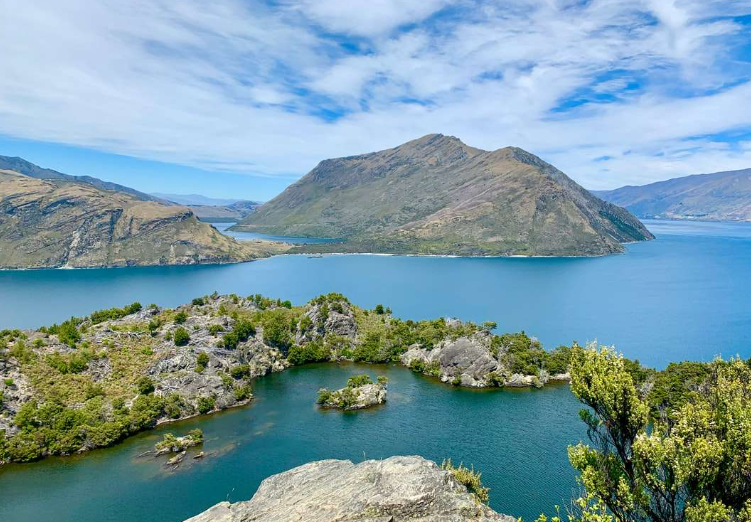
Responses